One of the yardsticks of a healthy economy is mergers and acquisitions (M&A) activity.
If M&A is growing, with plenty of constructive deals being done, that’s a key indicator of economic recovery.
Since the start of the pandemic, M&A has experienced something of a rollercoaster ride.
In Scotland, £4.9 billion-worth of deals were done in 2020 but this more than tripled to £16.4bn in 2021. Globally, mergers and acquisitions exceeded an incredible £3.7 trillion.
Closer to home in the north-east, 2022 was a busy year for M&A activity, particularly in the energy sector.
Just some of 2022’s deal highlights
Early on, PD&MS Group acquired Optimus, as part of its strategy to support decarbonising oil and gas infrastructure.
OEG Offshore acquired Manor Renewable Energy and Aberdeenshire energy services firm Aubin Group was sold to Genoa-based Italmatch Chemicals.
A newly launched Aberdeen company, Elemental Energies, completed a buy-out of the Senergy Wells specialist business at consultancy Vysus Group, formerly Lloyds Register’s energy division.
Confidence for renewables M&A
The question I have been hearing from dealmakers of late is will M&A activity flourish among renewables firms, as it did across the oil and gas industry when at its peak? My answer is a confident “yes”.
Keith Patterson, a partner in law firm Brodies, has predicted the future of M&A, ultimately, lies in the large onshore and offshore wind farms, carbon capture and storage, and hydrogen.
He said we should expect to see significant increases in the volume of deals being done over the next 10 years.
From a deal sourcing perspective, industries and corporates with more positive environmental, social and governance (ESG) features will attract more attention, especially those that contribute to an improved environmental outlook and more inclusive society.
My own view is that research and development around clean energy technology is likely to feature heavily.
The Net Zero Technology Centre (NZTC), the go-to technology centre of the North Sea energy industry, has a central role in driving the development and deployment of new technologies. It also supports organisations as they navigate some of the complex decisions they will need to make as they transition to net zero.
One of the ways the NZTC does that is through its new Net Zero Technology Services business, which was launched last October to provide advice to business and industry.
It offers two new technology solutions – the first helps companies decide which technologies they could adopt to achieve their decarbonisation goals and the second looks at how they can make their best possible technology investment decisions.
Energy security at forefront
As the war in Ukraine shows no sign of ending any time soon, energy security continues to be a major concern around the world.
The focus has shifted from a green energy fast-track transition to ensuring security of supply, which confirms what many of us have been saying all along; that the transition cannot be made overnight and we will remain partly reliant – though less and less so – on fossil fuels for some decades to come.
Throughout that period, I see oil and gas as well as its supply chain featuring heavily in deal-making.
Ripe for future activity and with a hand in both oil & gas and renewables is the subsea sector and, in particular, the Scottish subsea industry, which is a global market leader in underwater cables.
Away from energy, there has also been significant M&A activity in the north-east in a variety of other sectors. Kingswells-based accountancy and business services firm AAB acquired two Irish companies, FPM and Think People Consulting, as well as customs consultancy Charlton House.
Nucore Group, Scotia Homes, communications consultancy Aspect, Ashtead Technology and payroll specialist activpayroll have all also made acquisitions.
But while this sort of activity can deliver good news on jobs and for the economy, the process can also be very challenging.
Having been involved in more than 60 acquisitions so far in my career, I have learned many lessons and definitely made mistakes.
But there is one rule that sticks out every time – never pay more for a business than it is worth.
Most important of all, know everything about the target business before you start negotiating, particularly the underlying quality of its ESG standards. Every due diligence exercise should now include a close look at a company’s green credentials.
Even allowing for the considerable uncertainty facing financial markets this year, I am confident the early signs of M&A – and ESG focus – accelerating in 2023 are promising.
Martin Gilbert is co-founder and former chief executive of Aberdeen Asset Management and chairman of AssetCo, Toscafund and Revolut.
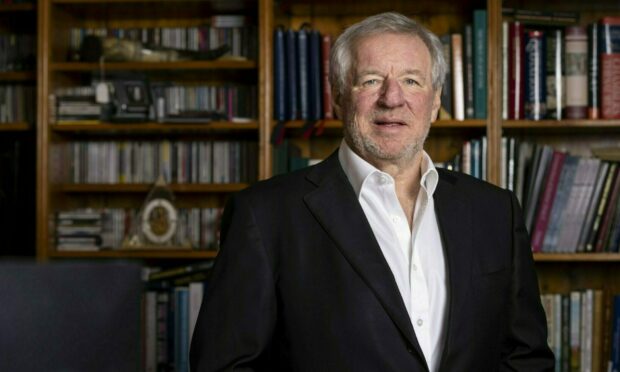





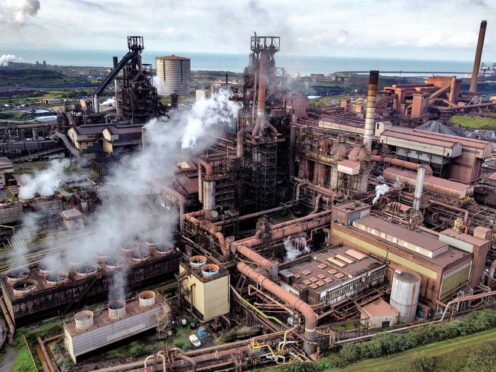



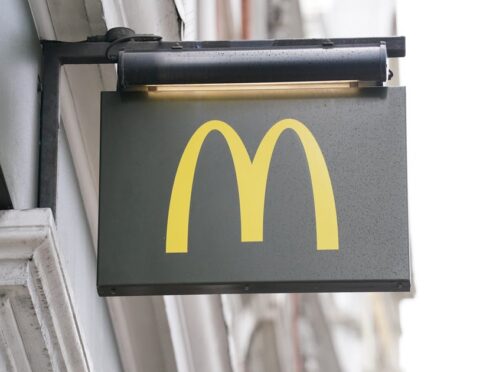

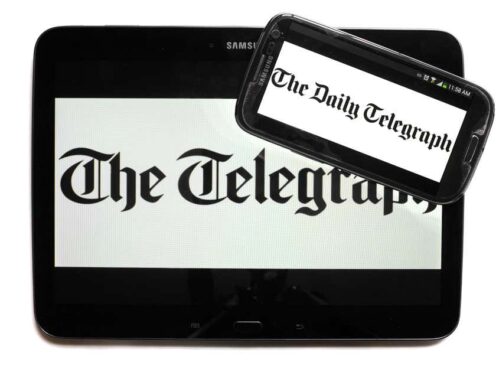
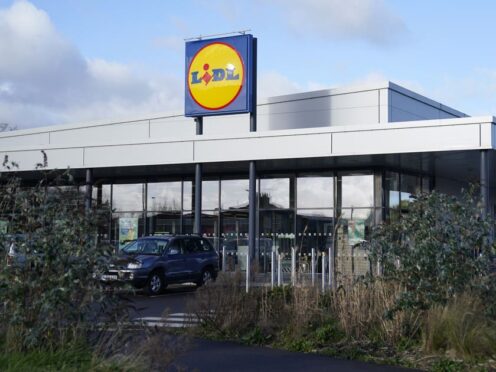
Conversation